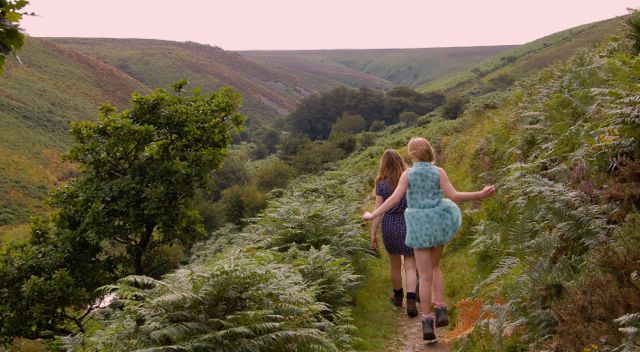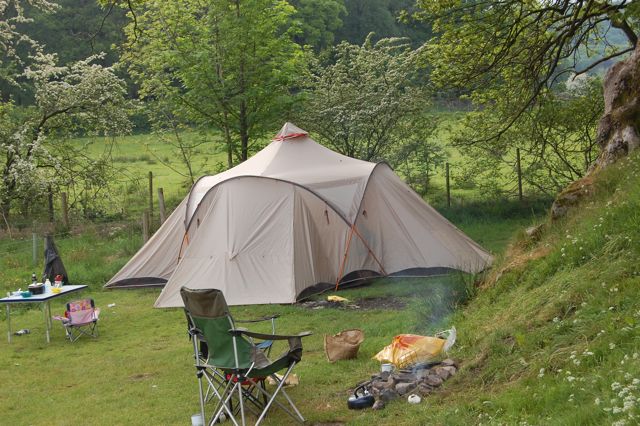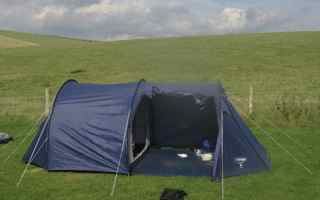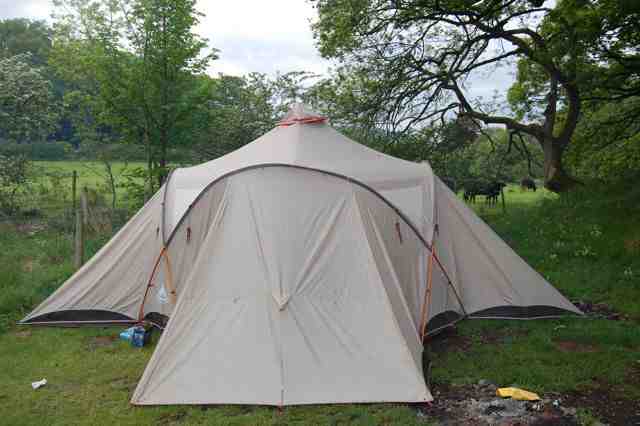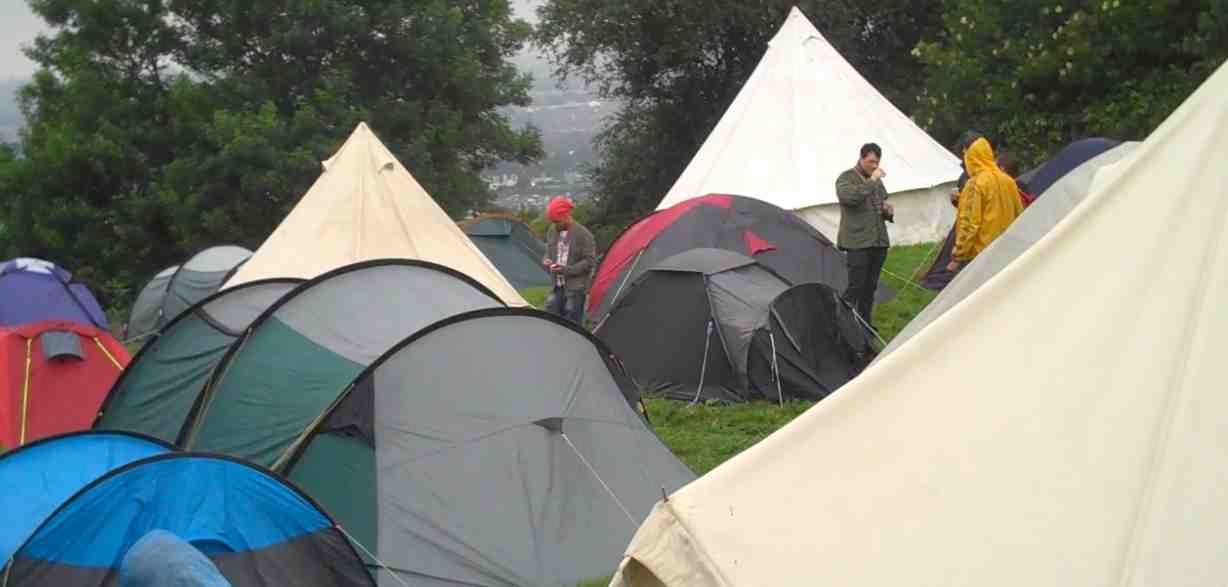We needed a new sleeping bag for our eldest child Alice. We camp in the UK between the outer edge of spring and the chillier end of autumn, and so we plumped for a two-season red Starlight cocoon bag from Go Outdoors. Having outgrown her Vango bag, she enjoyed hunkering down in the extra space of the bag.
At night, we set a campfire to keep away any midges. Alice hunkered down into her new sleeping bag. The sleeping bag has a long heritage. In 1853, Lieutenant Creswell, the first officer ever to cover the north west passage, describes pitching a bet that combined a layer of macintosh with a piece of buffalo robe and a blanket sown up in the form of a bag.
The French douaniers, who watched the mountain passes of the Pyrenean frontier, used sleeping bags with wool inside. When not in use, they were folded up and buckled with five buckles into a knapsack weighing seven pounds – about twice the weight of Alice’s sleeping bag. The douaniers slept out at night in these bags. When traveling on a donkey across the Cevennes, the writer Robert Louis Stevenson adopted this way of camping too, eschewing the tent in favour of a sleeping bag that was six feet square and took a mule to carry it. And since I am the one who lugs the gear in our family, I am much happier with the one and half kilo Starlight cocoon bag than Stevenson’s wool-lined happy sack.

